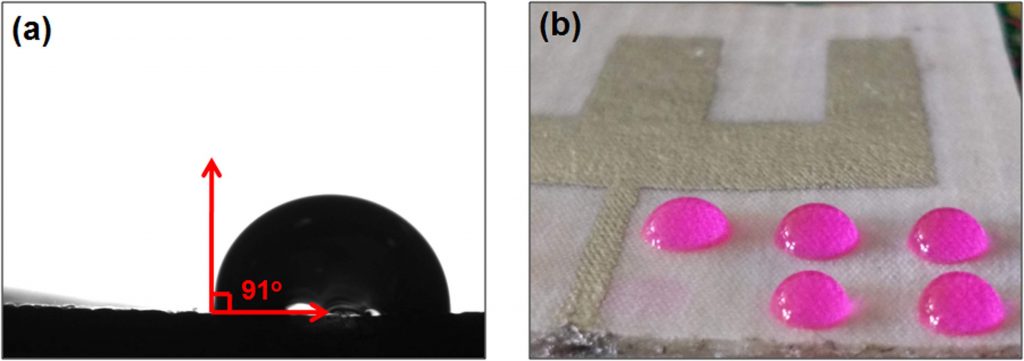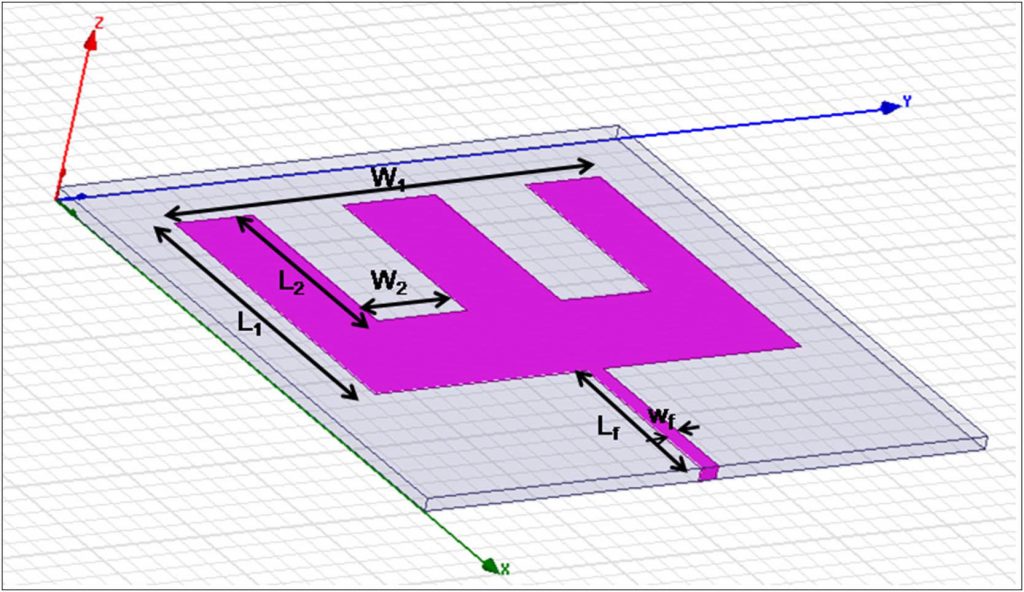A multidisciplinary research group led by Kuzhichalil Peethambharan Surendran at the National Institute for Interdisciplinary Science and Technology (NIIST), India, has released findings from a project making flexible electronics for use in remote locations.
Combining additive manufacturing with screen printing, Dr. Surendran’s team is able to add antennas to polyester, opening up new potential for wireless communication.
For military intelligence
The technology in development at NIIST, in collaboration with Victoria University of Wellington and Cochin University of Science and Technology (CUSAT), is particularly for the aid of military troops.
Functions can be tuned to read different conditions including body temperature, heartbeat, and blood pressure, providing real-time monitoring of personnel health.
In an article for news site The Hindu, Dr. Surendran explains, “Our goal is to make wearable antenna which can be embedded in the jacket worn by soldiers in remote locations […] The antenna can sense and communicate data in a non-intrusive manner. This way we can monitor the health of soldiers.”

If the future of wearables is to be believed, the technology incidentally has considerable commercial value when applied to articles such as smart running suits, or a configurable “second skin.”
Sustainable and safe
The NIIST fabric is made from three layers of commercial grade polyester to prevent the conductive silver ink from leaking through. To improve adhesion of the ink, and provide waterproof protection, the material is coated in PVB resin – commonly used on laminated safety glass and car windshields.

As a test, the team print an E shaped electronic patch. Operating at around 3.37 GHertz, the E-atenna is capable of standard Worldwide Interoperability for Microwave Access (WiMAX). In terms of performance, Dr. Surendran explains that “The radiation efficiency [of he patch] did not deteriorate even when bent for cycles of 10 up to 100 times,” meaning that transmission remained consistent even under stress.

Additionally, “The bottom electrode protects the body from radiation. So wearable antennas are safe.”
The E-atenna prototype and future work
A paper published in Smart Materials and Structures, details the E-antenna prototype created by the team. Next steps will see the researchers making improvements to the hydrophobicity of the material, so it can withstand sustained weather conditions.
Working with Dr. Surendran on the project are Satheesh Babu Roshni
from Victoria University of Wellington, New Zealand and Mohanan Pezholil and Jayakrishnan M.P. of the Cochin University of Science and Technology (CUSAT), India.
For more 3D printed electronics news and stories from across additive manufacturing, sign up to our free newsletter here, follow us on Twitter and like us on Facebook. Register for 3D printing jobs updates here.
Featured image shows an example of NIIST 3D printed flexible electronic fabric. Photo via Smart Materials and Structures



